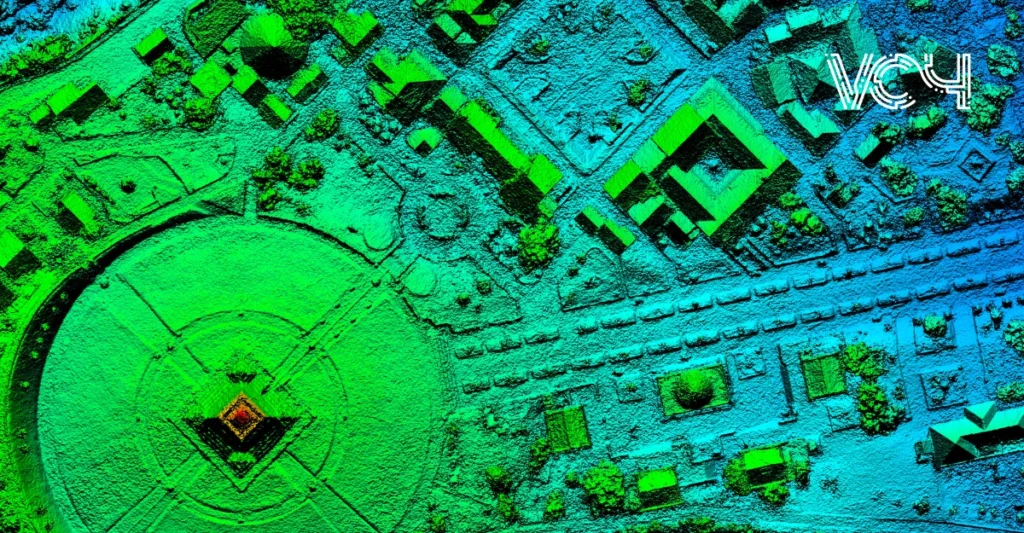Bridging the Rural Gap with GIS-Based Network Planning
Trusted by:

















Rural areas around the world are still falling behind when it comes to reliable, high-speed internet. This isn’t just about convenience, it affects education, healthcare, farming innovation, and economic growth. The challenge has always been clear: connecting fewer people spread across large, sometimes difficult landscapes costs more and takes longer.
Over the past few years, geographic information systems (GIS) have become a practical way to tackle these issues. Rather than planning networks on assumptions or with generic tools, GIS gives planners a location-aware platform to design smarter routes, manage assets, and track progress from start to finish. This article takes a detailed look at how GIS is helping close the rural connectivity gap, using real-world practices and field-tested approaches that operators and governments are adopting right now.
Why Rural Network Planning Needs GIS
Rural connectivity projects are rarely straightforward. Terrain challenges, lack of existing infrastructure, and environmental restrictions add complexity that traditional methods struggle to handle.
A GIS-driven approach changes that by:
- Pinpointing underserved areas – Layering speed-test data, population density, and existing infrastructure on a map reveals exactly where connectivity is lacking.
- Optimizing deployment routes – GIS tools calculate routes that avoid natural obstacles and make use of shared paths, saving time and construction costs.
- Maintaining accurate records – Every piece of the network, from underground fiber ducts to wireless towers, can be mapped and updated in real-time, improving operational reliability.
- Meeting funding and compliance needs – Many rural projects depend on public funding. GIS simplifies progress reporting with clear, map-based evidence of coverage and build status.
In advanced platforms, GIS inventory integrates directly with live infrastructure systems and mobile apps, enabling planners to make decisions based on the actual terrain, real-world object positions, and up-to-date service data—not assumptions.
Inventory that Matches the Land, Not the Spreadsheet
Too many inventory systems treat the rural network as a checklist—fiber paths, cabinets, and power nodes mapped to assumptions, not to the ground itself. But GIS doesn’t play along with wishful thinking. If the land doesn’t permit it, the design collapses. If the pole doesn’t exist, the segment isn’t connected. If a path turns to swamp four months a year, you don’t have a working route—you have a future maintenance ticket waiting to happen. In rural networks, physical geography must drive the inventory logic from the start.
Without that, records become fiction.
- Logical components must align with real-world coordinates.
- Cable paths must reflect terrain contours and easement realities.
- Fault domains must anticipate access challenges like seasonal washouts or isolated endpoints.
Some operators are turning to GIS-driven inventory platforms that enforce spatial rules from the start—where trench paths, cabinet placements, and building polygons are generated based on API-fed real-world data (like OpenStreetMap or Google Buildings) and validated against mobile-collected field input. A spatial-first inventory doesn’t just improve accuracy—it prevents bad decisions before they are made.
What a Real GIS-Based Planning Workflow Looks Like
Rural deployment is unforgiving. If you skip steps, the land exposes it later. So, here’s the actual field-tested workflow for rural GIS-based planning that holds up under duct audits, legal battles, and post-sale Operations and Maintenance headaches:
1. Ground Truth First
At a bare minimum, every plan must incorporate digital elevation models, land ownership overlays, and current transport infrastructure.
2. Cost Routing Over Distance Assumptions
A GIS that understands terrain, road types, environmental zones, and access rights allows planners to model realistic routing costs, not just linear distances.
- OPEX-aware designs
- Smarter aerial versus trenching decisions
- Early identification of redline paths
Tools that combine trench cost models, environmental layers, and mobile inputs now offer planners what spreadsheets never could: terrain intelligence in every click.
3. Demand Where People Act
In rural zones, clinics generate high throughput, farm IoT spikes seasonally, and schools become digital hubs. GIS builds heatmaps based on activity, not just residents.
4. Design for Maintenance, Not Just Deployment
A cabinet that’s unreachable during monsoon season isn’t deployed, it’s stranded.
- Predict mean time to repair
- Plan for logistics
- Preempt seasonal maintenance traps
How GIS Transforms Reconciliation into a Live Reality Check
Rural zones are the fastest to drift from plans but the hardest to audit. That’s where GIS becomes the spatial backbone of reconciliation. When field reports mention a downed node with no GNSS fix or a cabinet swap done by a subcontractor without documentation, GIS-based inventory gives teams the ability to:
- Correlate logs with mapped zones
- Cross-check images with asset IDs
- Rerun route validation based on real-time terrain events like landslides
New systems even allow direct reconciliation with NMS and EMS layers, matching live device data with the GIS records, ensuring the physical and logical networks remain in sync. This transforms reconciliation from a forensic, reactive process into a geo-intelligent verification system that keeps network reality in sync with system records.
Managing Lifecycle Costs with Spatial Intelligence
Rural deployments must live and adapt. A GIS-enabled system can:
- Power predictive maintenance by aligning infrastructure with environmental risk layers
- Support smart expansion as new demand hubs emerge
- Monitor service margins by flagging routes where transport costs outstrip revenue
Traditional inventory tells you what exists. GIS inventory tells you what matters—where to double down, and where to pull back.

Hidden Pitfalls in GIS Planning and How to Avoid them
Even the most advanced teams have opportunities to unlock greater value from GIS by fully embracing it as a core infrastructure tool rather than a visual add-on. When treated as a dynamic data engine, GIS becomes far more than lines on a map—it becomes a powerful carrier of critical information such as cost, permissions, terrain, utility easements, and seasonal accessibility. With this depth, GIS evolves from a static display into a strategic asset that drives smarter decisions and more effective operations.
Integration matters. If GIS output doesn’t feed OSS and BSS layers, you’ve created a silo. Real-time inventory systems must consume and publish GIS data to enable provisioning, fault handling, and customer support with full spatial context.
And data freshness is non-negotiable. Terrain shifts, land rights change, roads degrade or improve. Stale GIS layers create a false sense of security. Dynamic planning means a dynamic spatial core.
Industry-ready platforms address this by feeding live GIS updates into inventory, provisioning, and reconciliation layers—and allowing field engineers to update asset data in real-time through mobile GIS apps.
What to Watch Next: 2025 and Beyond
GIS in rural network planning is evolving. AI models are beginning to learn from past rollouts to improve routing. Inventory systems are starting to integrate GIS natively, not as plugins. Field engineers now update asset records through mobile GIS apps, live in the field. And satellite and drone feeds enrich terrain updates for automated auditing.
With cloud-native, low-code platforms emerging, the planning office is no longer the only place where the map lives. The map now lives with the network—updated as it breathes, as it breaks, as it grows.
Final Word: You Can’t Bridge What You Can’t Map
Rural planning isn’t about bringing the internet to forgotten places. It’s about treating those places as real, complex, and evolving. That means planning with full awareness of the land, the people, the limitations, and the potential.
GIS doesn’t just help us plan better.
It helps us plan honestly.
And that’s the first step to real, lasting connectivity.
Some operators are already applying this mindset using spatial-first platforms that combine GIS, inventory, and reconciliation into one ecosystem. VC4’s Service2Create (S2C), for instance, is built around this very principle—designed to treat the map not just as a planning tool, but as an operational system that evolves with the network. Get in touch with VC4 to find out more about their GIS Module.






